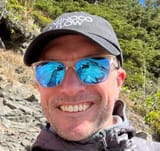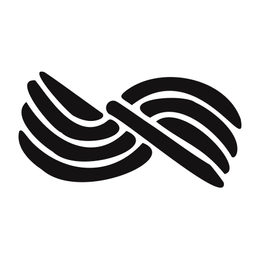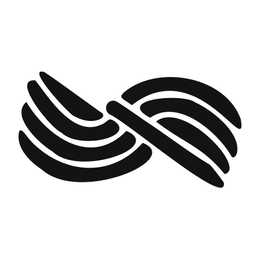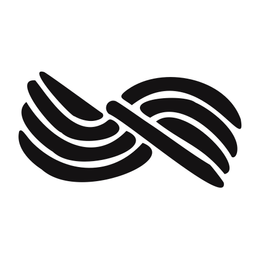Reading the river: The Thalweg
Find the fast water for keys on where to row, where to put your flies, and how the river wants to be.
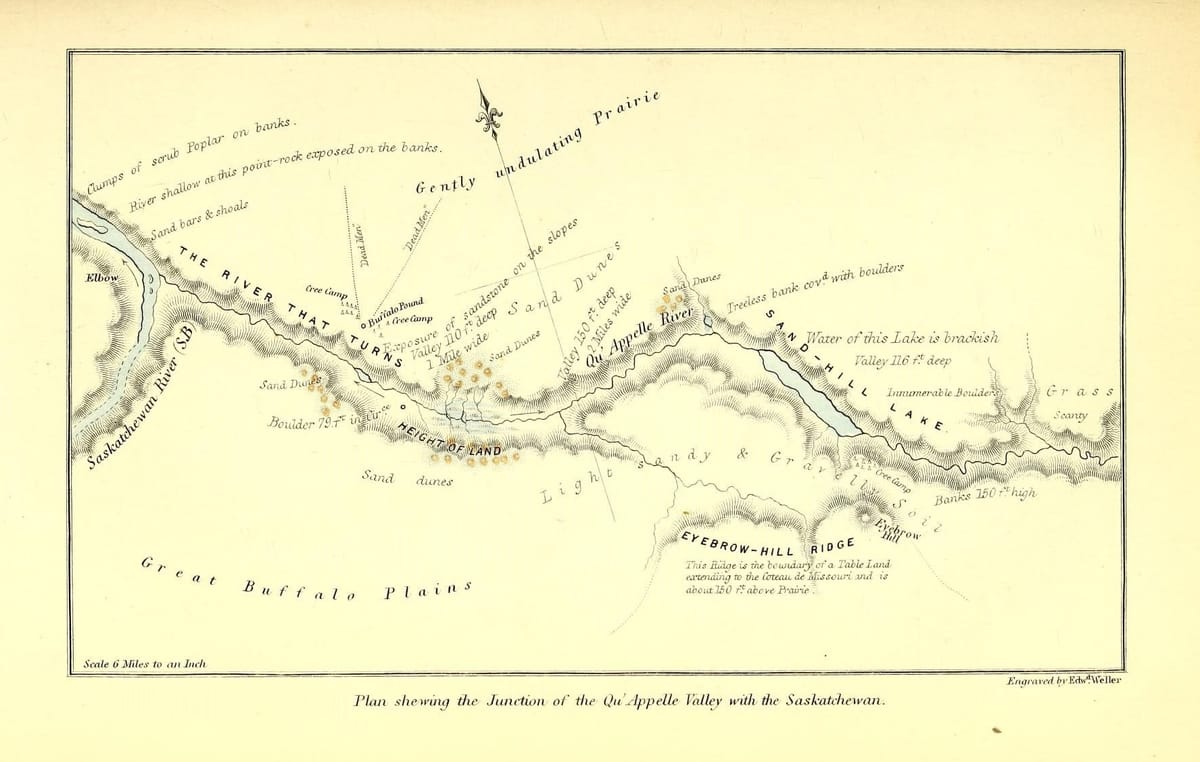
If every name is (as the Greek maintains In the Cratylus)
the archetype of its thing,
Among the letters of ring, resides the ring,
And in the word Nile all the Nile remains.
Jorge Luis Borges, "El Golem"
You can't read water fully without having names for all the things in the river, and one of my favorite names is thalweg.
What is the thalweg in the river?
A fluvial geomorphologist (river scientist to us laypeople) studies the different processes that shape rivers and streams. If we asked them, they'd maybe use this technical description to define a thalweg:
The thalweg is the line connecting the lowest points of successive cross-sections along the course of a valley or river.
That's a little hard to parse. Successive cross-sections? We can learn a little more from the word's etymology (for once around here, not entomology). Thalweg comes from obsolete early German, thal meaning valley and weg meaning way.
Valley-way. Getting closer?
Maybe a little bit! The thalweg is line running along the low point of a river, where the riverbed is deepest, and the current is the strongest.
It's a similar concept to a fall line in skiing or mountain biking, which follows the path a ball would take if you rolled it down the slope. The path of most gravitational or momentum-conserving energy, physics-wise.
The thalweg is useful to define the centerpoint of a changing system. As the Aerial Geologist blog puts it, "When rivers are used as political boundaries, the thalweg is often used to define that boundary."
As the Arizona-based publisher creative platform The Thalweg puts it, "the thalweg is the deepest part of a canyon. It is the primary navigable channel of a waterway. A boundary between two formations, where the current is the strongest."
Why is it important to be able to identify the thalweg in a river?
When we're reading water, we're trying to look beyond the uniformity we come to imagine from a fluid, and see the differences and interchanges in the system.
- Where does the river want to be going?
- Where do obstacles alter the river's desired path?
- What does that do to the new flow?
- How are those different types of water co-existing?
For me, one of the scariest parts of rowing boats is following the thalweg. That's because the thalweg doesn't always go down the center of a river.
As a river bends, it veers over toward the edges, due to the physics of moving water and displaced sediment.
Here's a couple helpful visuals from the Aerial Geologist blog and
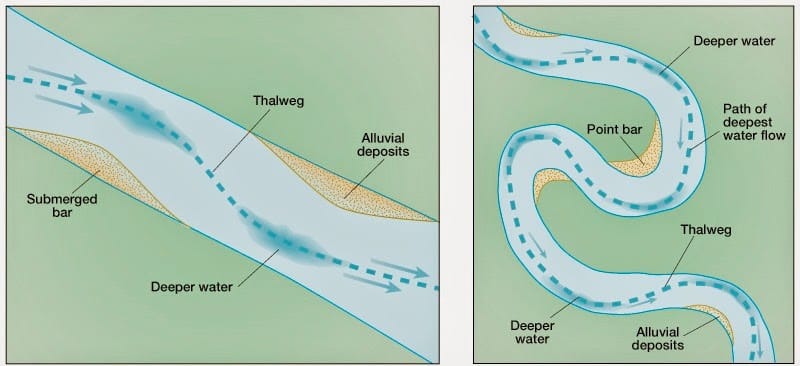
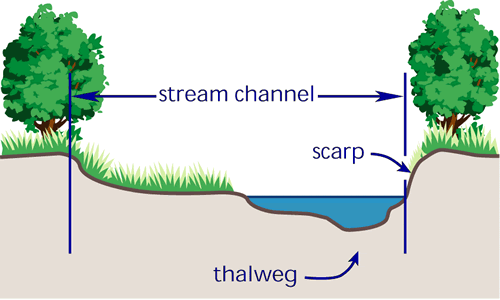
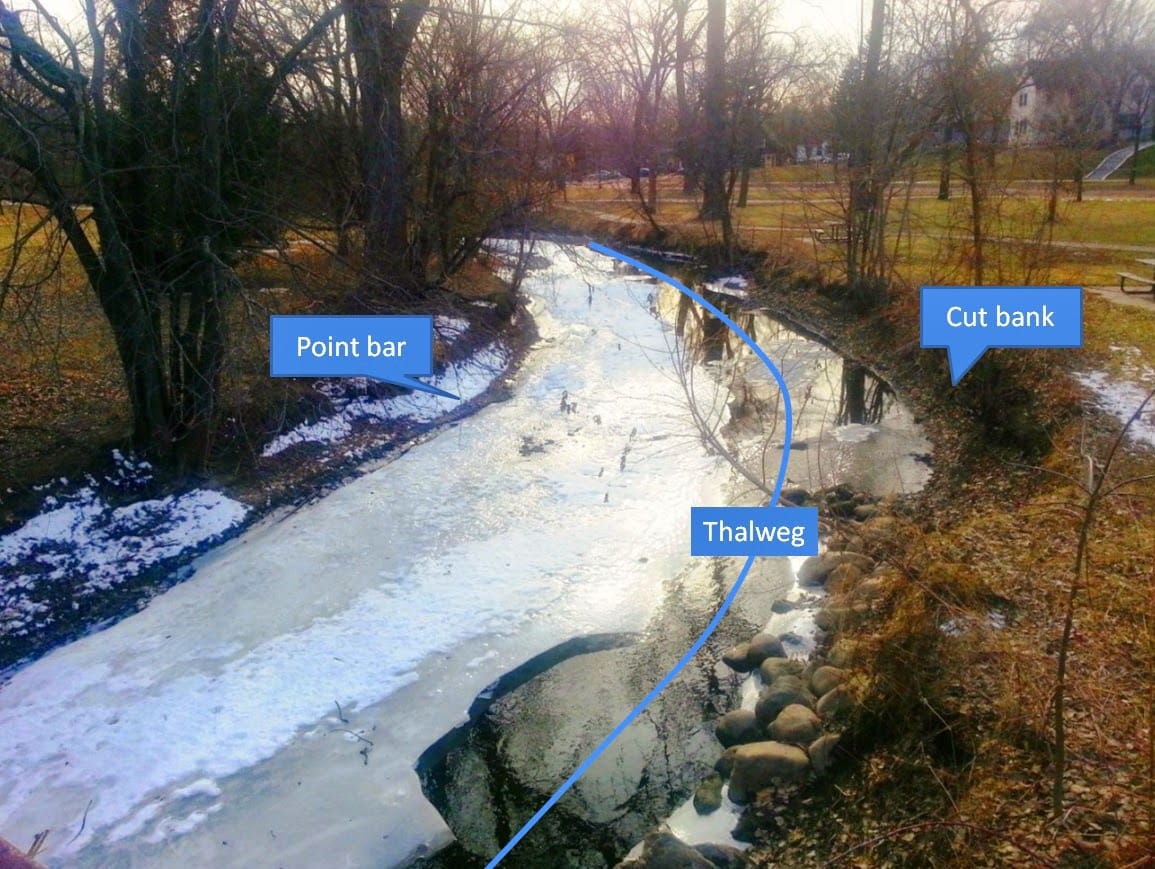
To avoid grounding the boat on rocks in the riverbed and chewing up the bottom (or flipping it), the person on the oars has to stick to the deepest parts of the channel.
Counter-intuitively, this often means steering towards the sides of the river, where there are also dangerous rocks. Is there a life-lesson here? Probably. Growth happens outside our comfort zone. The thalweg is where it happens.
OK, that's a little cliché. How about a fly-fishing lesson? Definitely.
Why does a thalweg matter for fly-fishing?
Looking deeper into the variations in rivers helps tell us where fish might be. Being able to identify the thalweg can be an important tool in finding fish while you're fly-fishing.
If you're nymphing, below the thalweg is typically where the action is, down at the bottom among the rocks.
Up top, you'll often see a foam line formed on the seam between the area of the river containing the thalweg and an eddy, or a slower inside bank.
"Foam is home" as the mantra goes, due to the preponderance of emerging and spent insects that gather there among the various flotsam.
From the thalweg:
- We find the bottom, we nymph the bottom.
- We find the seams on the surface, we fish the seams.
- We find the foam line, we fish the foam.
Here's a parting image from The Missoulian Angler:

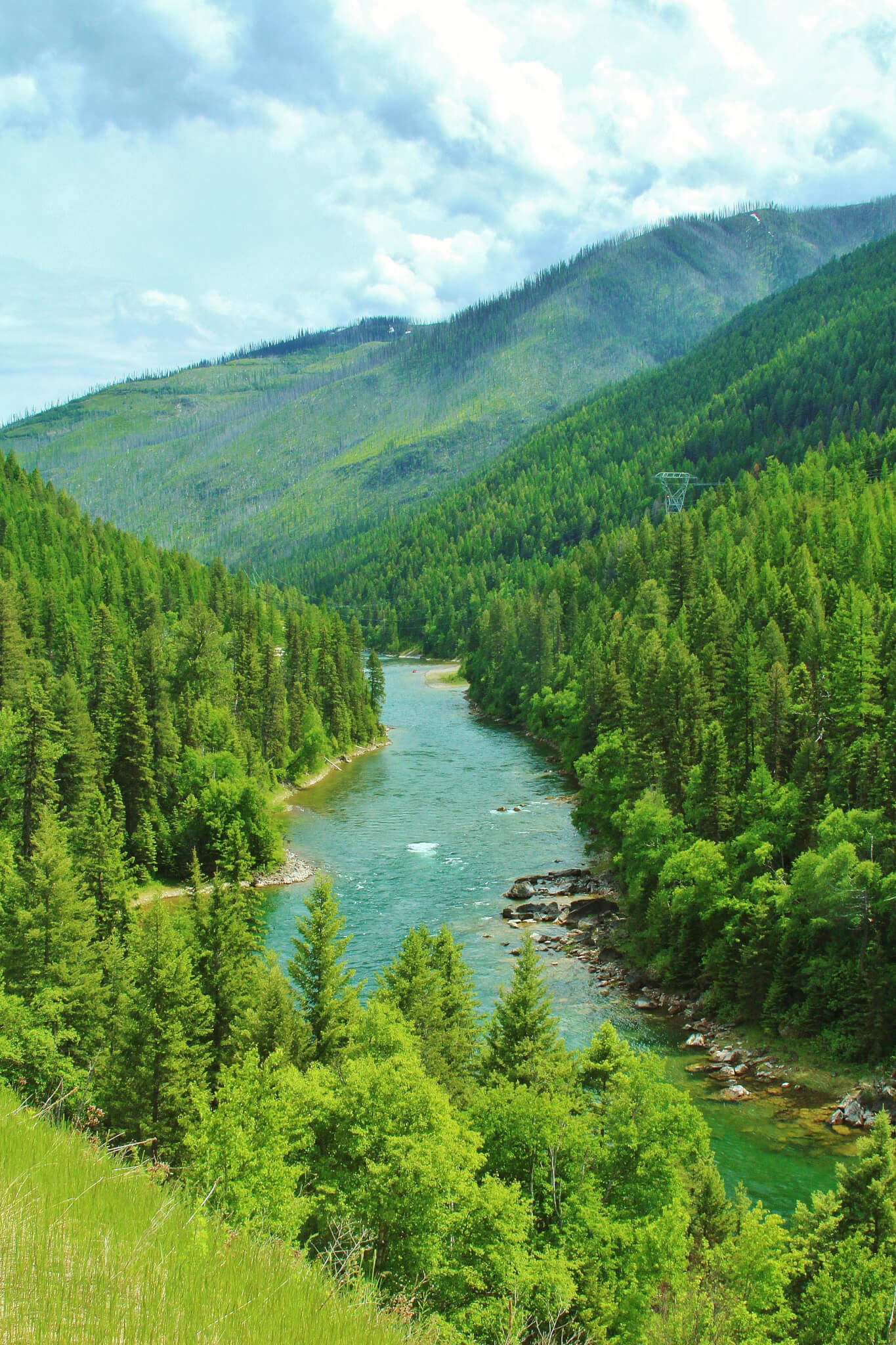
Additional information
For any stream-side ecology reference, from river systems to bugs The Living River is a great resource, especially the section on river types.
More from the Environment pillar:
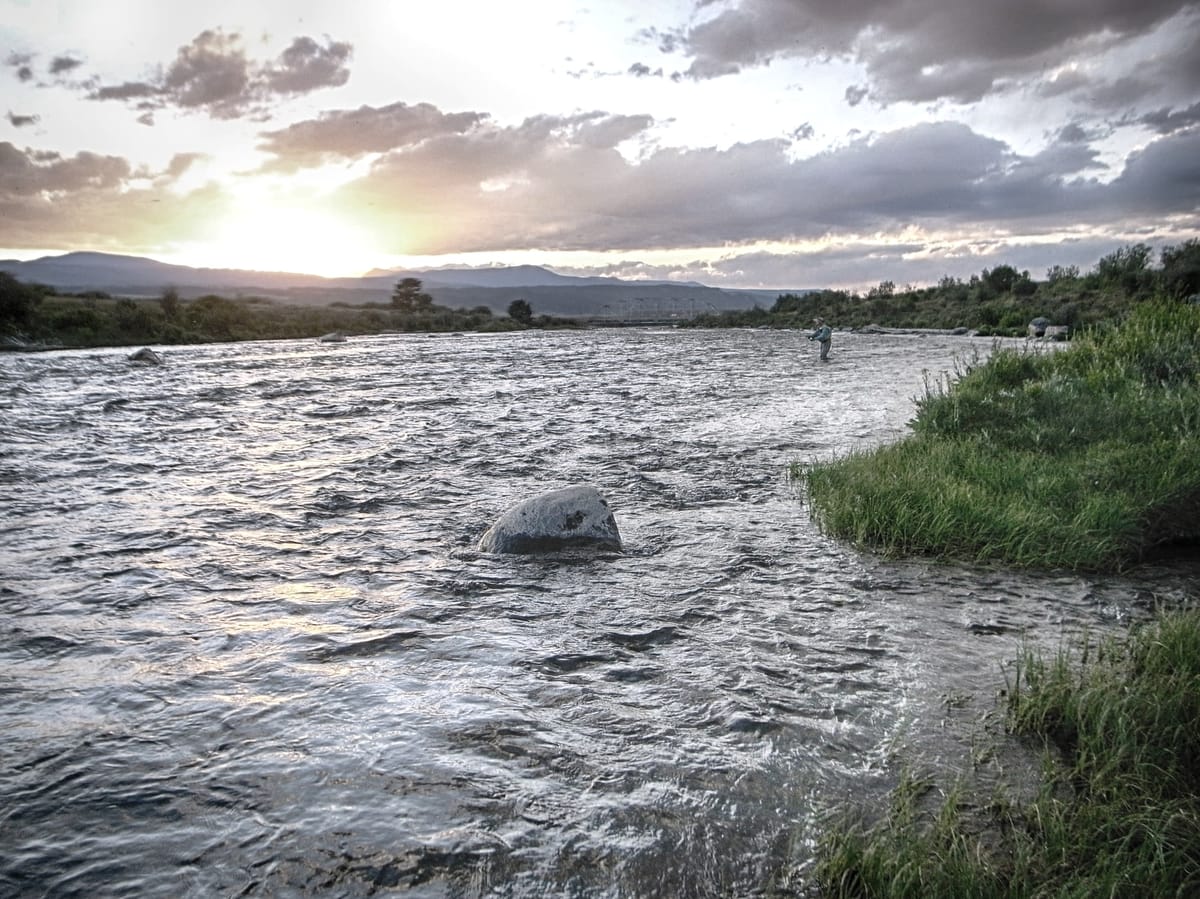
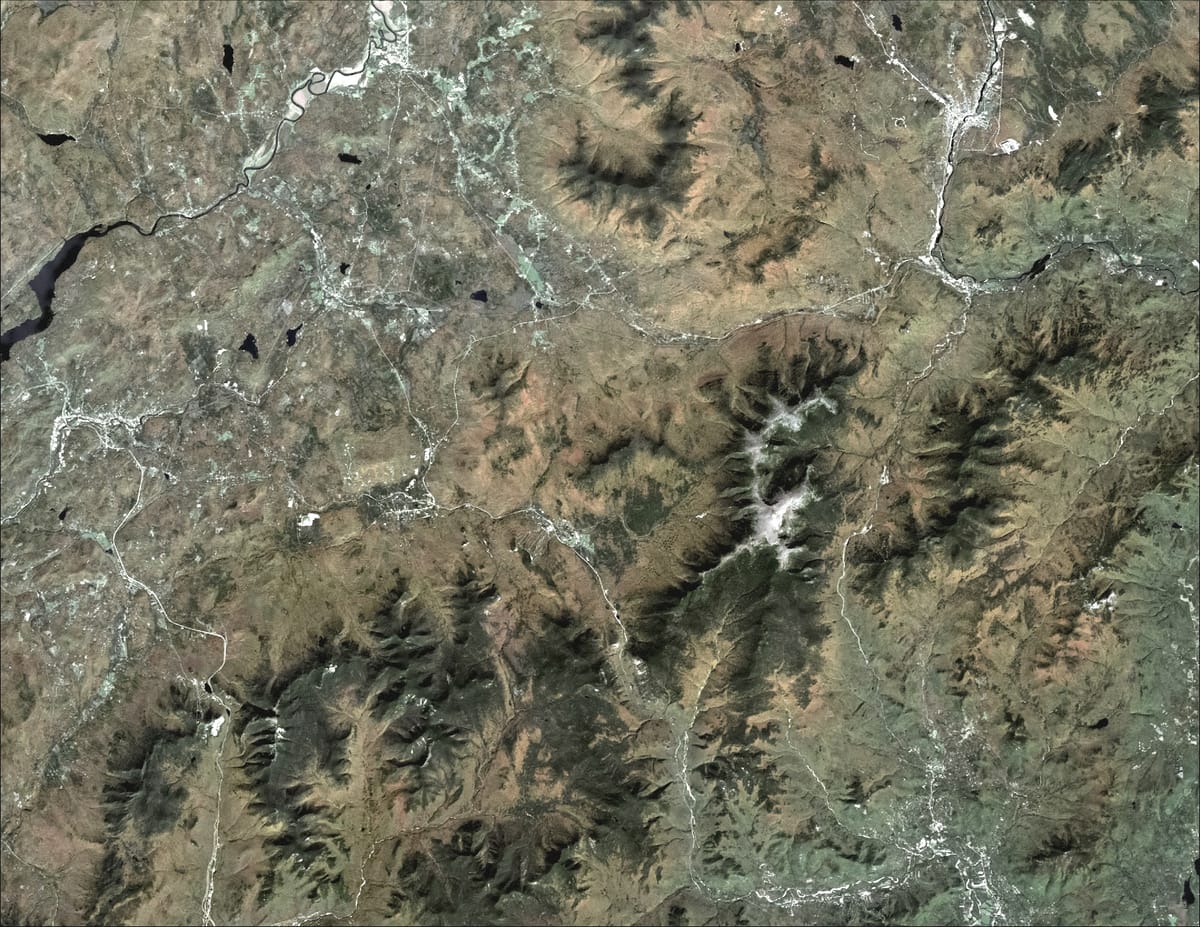
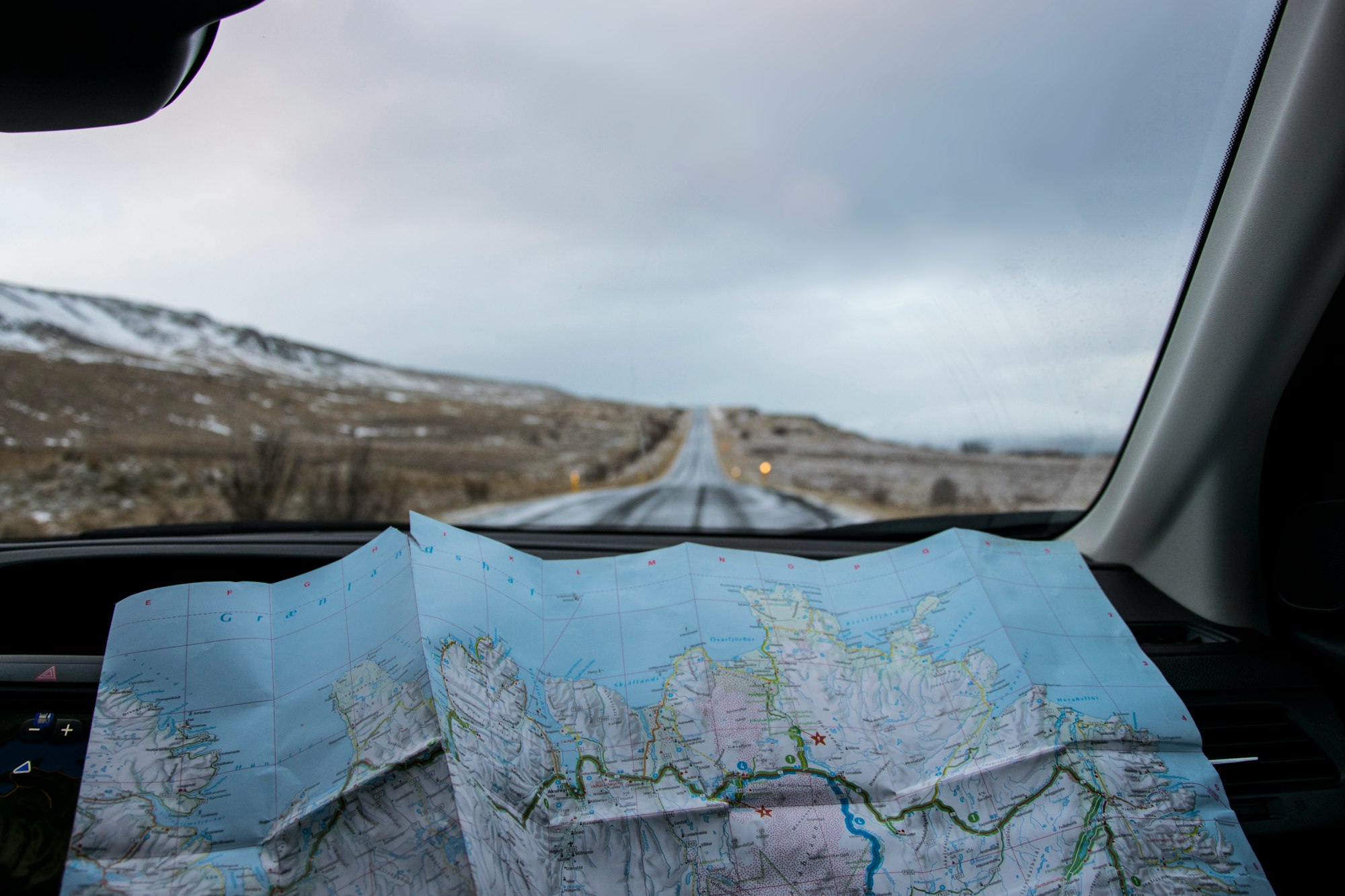
𓆟 𓆝 𓆟
